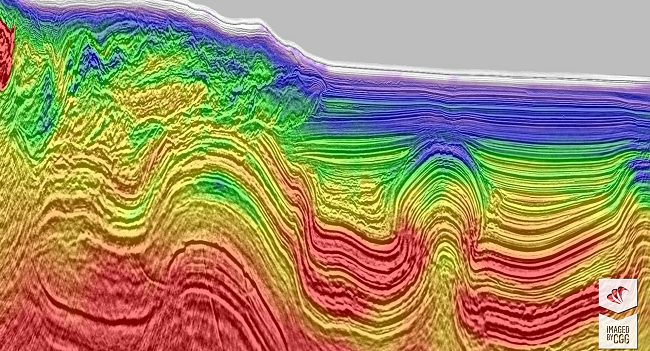
February 28, 2020, by Leah Sharpe
Securing an internship in geoscience as a physicist
By Oliver Mansfield, fourth year MSci Physics student
In my penultimate year of study I set myself the goal to secure an internship for the following summer. After wasting the previous summer playing video games and watching TV, I felt it was important to take the opportunity to gain some much needed ‘real-world’ experience before applying for a job the following year. I set out scouring the internet for placements that accepted physics students and it was the STEM careers website, Gradcracker where I came across the ‘Imaging Scientist/Geophysicist’ internship position at a geoscience company called CGG.
Why geoscience?
The main reason I chose to study physics was to understand the world better and learn how to use physics to solve real-world problems. Although up until that point I hadn’t known that geoscience was even a career option for me, let alone considered doing it, I quickly realised the internship was the perfect opportunity to apply the knowledge I had learnt during my studies.
Geoscience is essentially earth sciences and geology, so what relevance is that to physics? At CGG I worked in Subsurface Imaging (SI), where the main goal is to ‘see’ deep into the earth in order to find and develop natural resources such as oil and gas. This is done by taking seismic wave data and applying similar techniques to that of X-ray CTs or MRIs in hospitals, to produce an image of the subsurface. I was therefore directly applying signal processing and wave physics knowledge from my degree daily.
The application process
After submitting my CV, I was invited to complete an automated video interview. Now, a lot of people may hate the idea of a timed interview, where you just talk into your computer screen, but it’s not as bad as it sounds. The interview consisted of some basic technical questions and questions about my understanding of the company. As with most interviews, you can never research the company enough to show off your interest in the position, even around areas you won’t be involved in. The next stage was the assessment centre, a day of group exercises with other intern and graduate applicants as well as an hour-long technical interview. We were sent material to study beforehand for the technical interview; again I cannot stress more the importance of extra reading to show your interest for a position. Explore the different interview types.
The internship
I was placed in a small team of three people, working on an active project located in the Dutch North Sea. After a few days of training, I was immediately contributing to the project and creating presentations of my work to be shown in the weekly meeting with the client. By the final few weeks, I was actually presenting my own work to the clients via a web conferencing system. This amazed me considering I knew next to nothing about seismic imaging before I arrived at the company. The best part of the internship was the working environment. I knew I could rely on everyone in the office to assist me if I ever got stuck, especially my team.
To sum up…
If you’re not sure about a particular career path or have no idea what it entails, an internship is a perfect opportunity to just have a go. At the end of the day, if you don’t want to pursue it as a career, the work experience you will gain will be invaluable towards your future career.
Physicists are in demand everywhere and not just for their ‘transferable skills’. Geoscience is a good example of a field which us physicists might not immediately consider, where you can directly apply your scientific knowledge and work on (literally) real-world problems.
Considering an internship? Explore the opportunities on offer.

Excellent article!